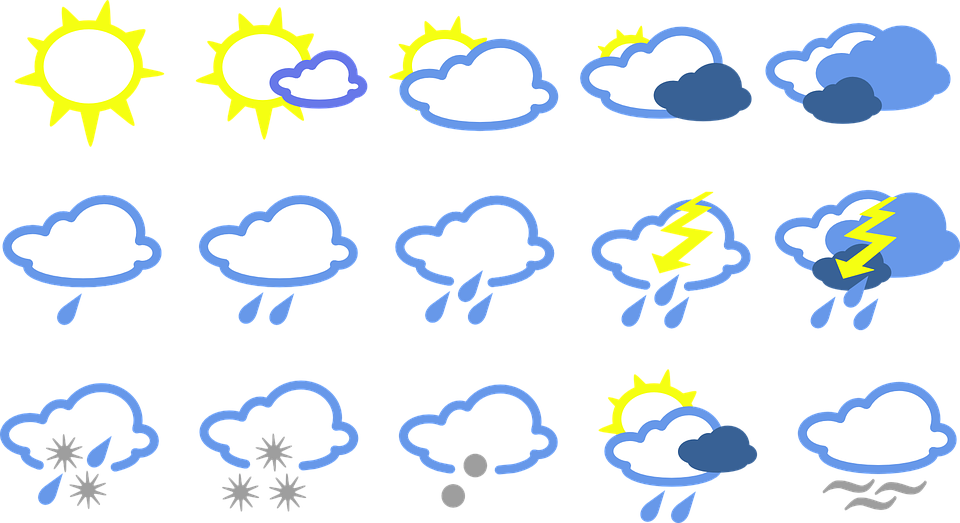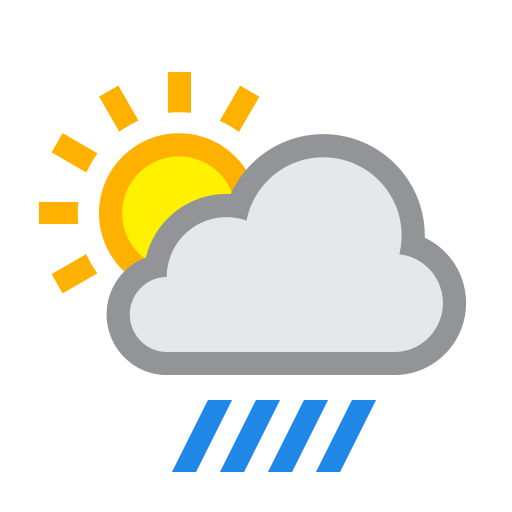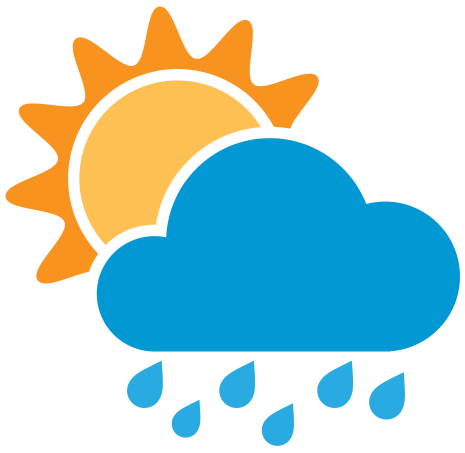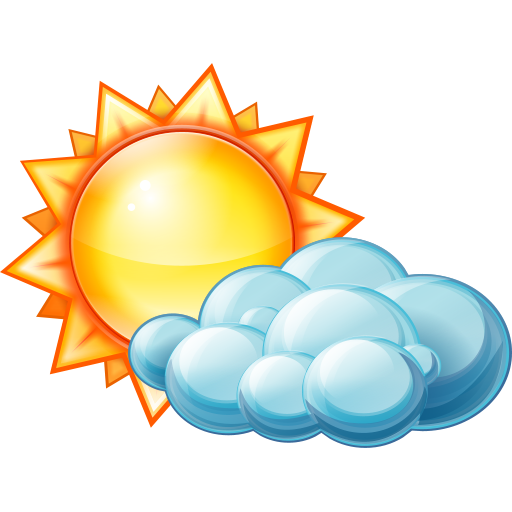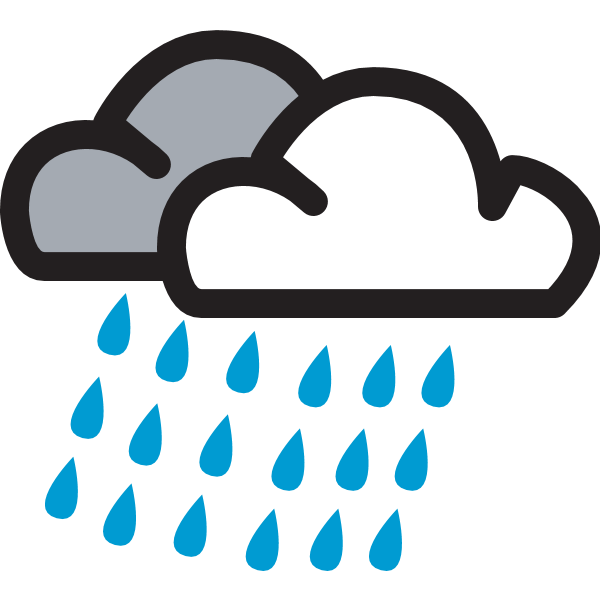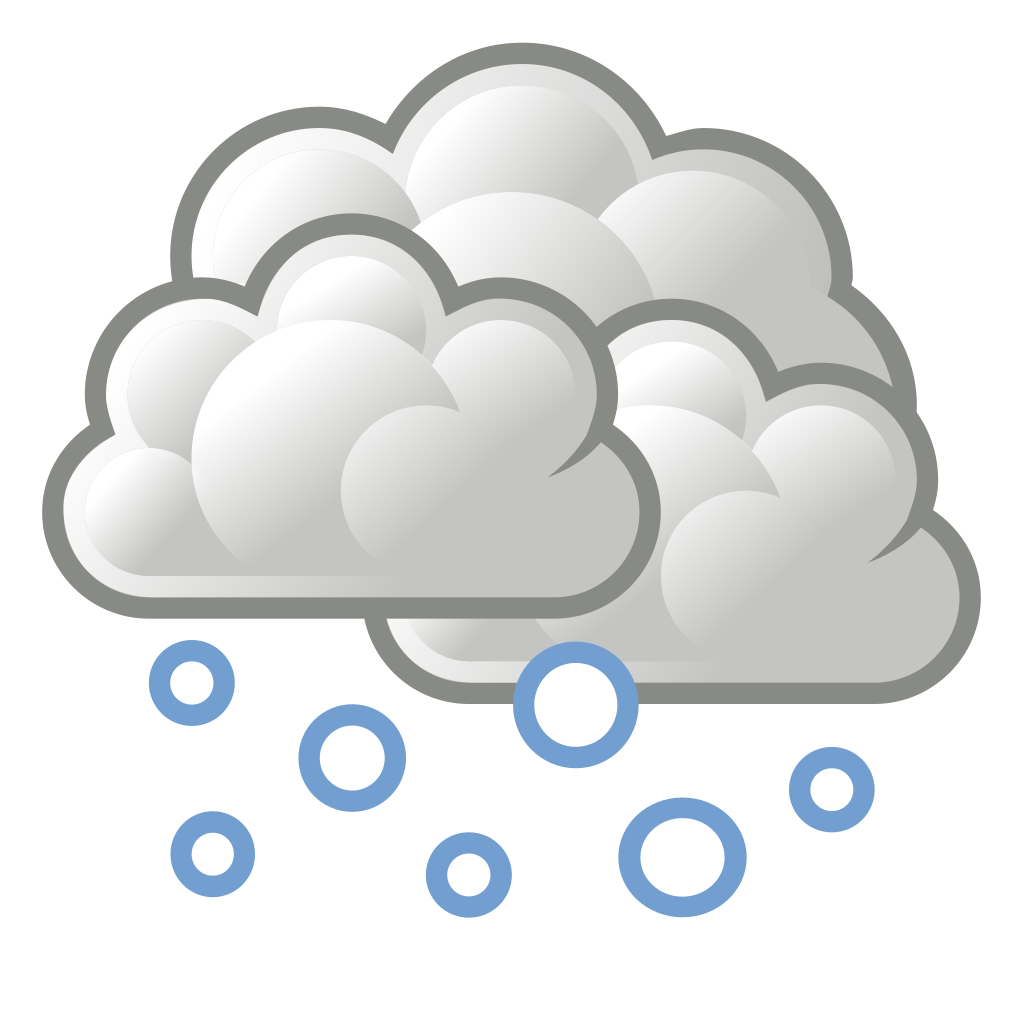Download top and best high-quality free Weather PNG Transparent Images backgrounds available in various sizes. To view the full PNG size resolution click on any of the below image thumbnail.
License Info: Creative Commons 4.0 BY-NC
Weather refers to the condition of the atmosphere, such as how hot or cold it is, how wet or dry it is, how quiet or stormy it is, and how clear or overcast it is. The troposphere, which is slightly below the stratosphere, is where the majority of meteorological events on Earth take place. Climate refers to the average of atmospheric conditions over longer periods of time, whereas weather relates to day-to-day temperature, precipitation, and other atmospheric variables. “Weather” is often believed to refer to the weather on Earth when used without qualifier.
Air pressure, temperature, and moisture variations across locations influence weather. These variations might occur as a result of the Sun’s angle at any given location, which changes with latitude. The Hadley cell, the Ferrel cell, the polar cell, and the jet stream are the biggest scale atmospheric circulations due to the huge temperature differential between polar and tropical air. Instabilities in the jet stream movement create weather systems in the middle latitudes, such as extratropical cyclones. Because the Earth’s axis is inclined in relation to its orbital plane (known as the ecliptic), sunlight falls at different angles throughout the year.
The average yearly temperature on Earth’s surface is 40 °C (40 °F to 104 °F). Changes in Earth’s orbit over thousands of years can alter the quantity and distribution of solar energy received by the planet, impacting long-term climate and global climate change.
Pressure variations are caused by differences in surface temperature. Because most atmospheric heating comes from contact with the Earth’s surface, and radiative losses to space are essentially constant, higher altitudes are colder than lower altitudes. Weather forecasting is the use of science and technology to forecast the state of the atmosphere for a certain date and location in the future.
Because the Earth’s weather system is chaotic, tiny changes in one region of the system can have huge repercussions on the entire system. Throughout history, humans have attempted to influence the weather, and there is evidence that human activities such as agriculture and manufacturing have altered weather patterns.
Knowledge how weather operates on other worlds has aided our understanding of how weather functions on Earth. Jupiter’s Great Red Spot, a well-known landmark in the Solar System, is an anticyclonic storm that has been around for at least 300 years. The weather, on the other hand, is not restricted to planetary bodies. The corona of a star is continually lost to space, resulting in a relatively thin atmosphere across the Solar System. The solar wind is the flow of mass expelled from the Sun.
Wind, cloud, rain, snow, fog, and dust storms are all typical meteorological phenomena on Earth. Natural calamities such as tornadoes, hurricanes, typhoons, and ice storms are less prevalent. Almost all well-known meteorological events take place in the troposphere (the lower part of the atmosphere). Although weather does occur in the stratosphere and may influence weather in the troposphere, the specific processes remain unknown.
Air pressure, temperature, and moisture variations across locations are the primary causes of weather. The solar angle at any given location, which varies by latitude from the tropics, might cause these variations. In other words, the further one gets from the tropics, the lower the sun angle becomes, making such areas colder owing to the distribution of sunshine over a larger surface. The large-scale atmospheric circulation cells and the jet stream are formed by the high temperature differential between polar and tropical air. Instabilities in the jet stream movement create weather systems in the mid-latitudes, such as extratropical cyclones (see baroclinity). Different mechanisms create weather systems in the tropics, such as monsoons or structured thunderstorm systems.
Download Weather PNG images transparent gallery.
- Weather PNG Images
Resolution: 1024 × 1024
Size: 36 KB
Image Format: .png
Download
- Weather PNG Photo
Resolution: 960 × 523
Size: 215 KB
Image Format: .png
Download
- Weather PNG Photos
Resolution: 512 × 512
Size: 10 KB
Image Format: .png
Download
- Weather PNG Pic
Resolution: 480 × 480
Size: 21 KB
Image Format: .png
Download
- Weather PNG Picture
Resolution: 600 × 513
Size: 41 KB
Image Format: .png
Download
- Weather PNG
Resolution: 512 × 512
Size: 17 KB
Image Format: .png
Download
- Weather Transparent
Resolution: 1920 × 1865
Size: 95 KB
Image Format: .png
Download
- Weather
Resolution: 640 × 480
Size: 103 KB
Image Format: .png
Download
- Weather Background PNG
Resolution: 564 × 429
Size: 9 KB
Image Format: .png
Download
- Weather No Background
Resolution: 512 × 362
Size: 5 KB
Image Format: .png
Download
- Weather PNG Background
Resolution: 465 × 453
Size: 35 KB
Image Format: .png
Download
- Weather PNG Clipart
Resolution: 512 × 512
Size: 55 KB
Image Format: .png
Download
- Weather PNG Cutout
Resolution: 512 × 512
Size: 23 KB
Image Format: .png
Download
- Weather PNG File
Resolution: 600 × 600
Size: 18 KB
Image Format: .png
Download
- Weather PNG Free Image
Resolution: 512 × 512
Size: 151 KB
Image Format: .png
Download
- Weather PNG HD Image
Resolution: 512 × 512
Size: 135 KB
Image Format: .png
Download
- Weather PNG Image File
Resolution: 600 × 600
Size: 34 KB
Image Format: .png
Download
- Weather PNG Image HD
Resolution: 800 × 600
Size: 22 KB
Image Format: .png
Download
- Weather PNG Image
Resolution: 1024 × 1024
Size: 145 KB
Image Format: .png
Download
- Weather PNG Images HD
Resolution: 640 × 599
Size: 107 KB
Image Format: .png
Download

